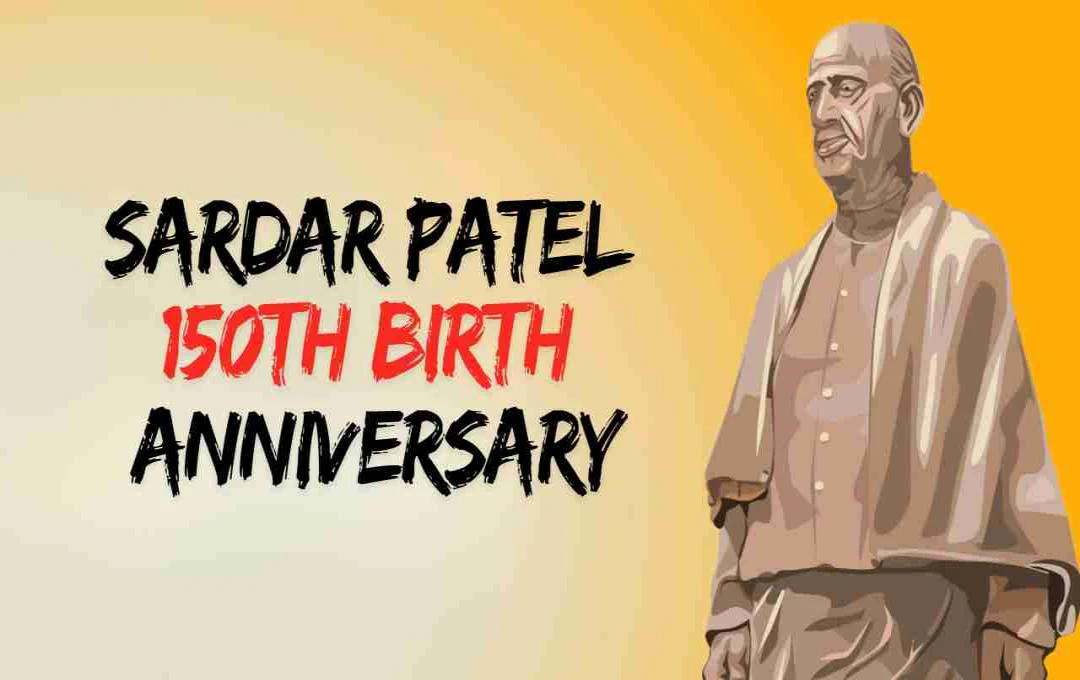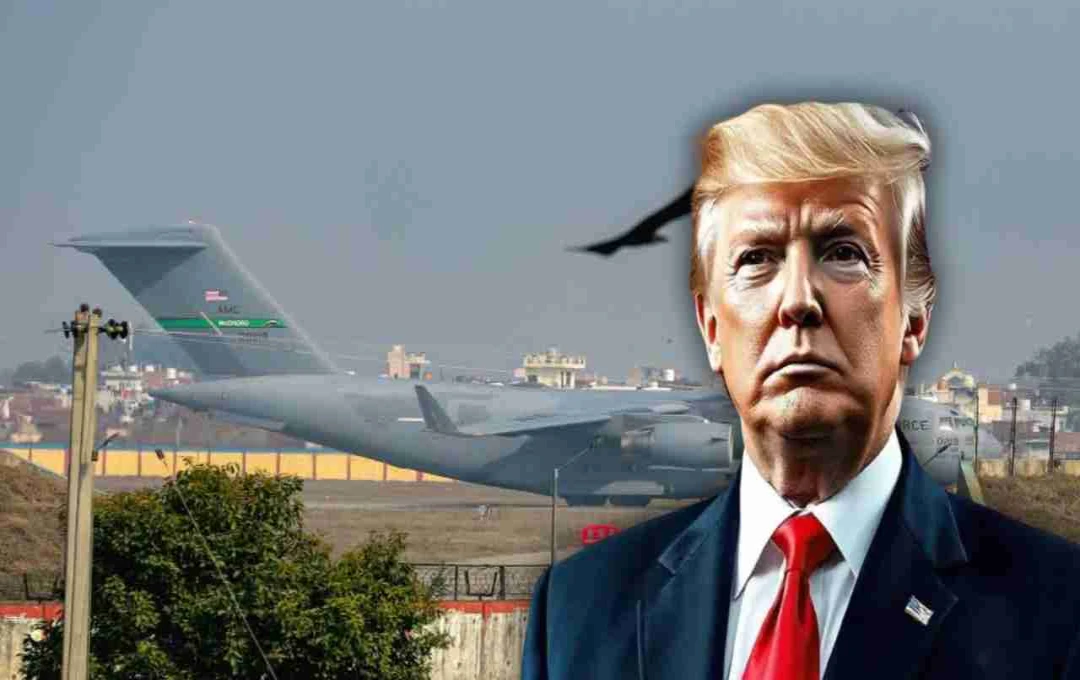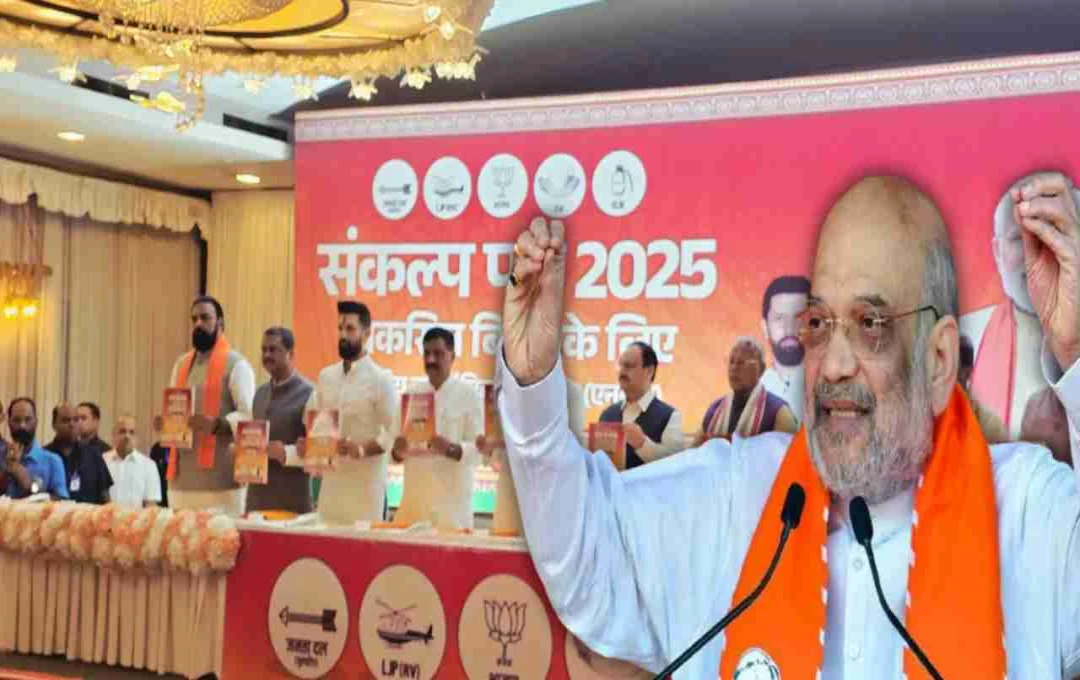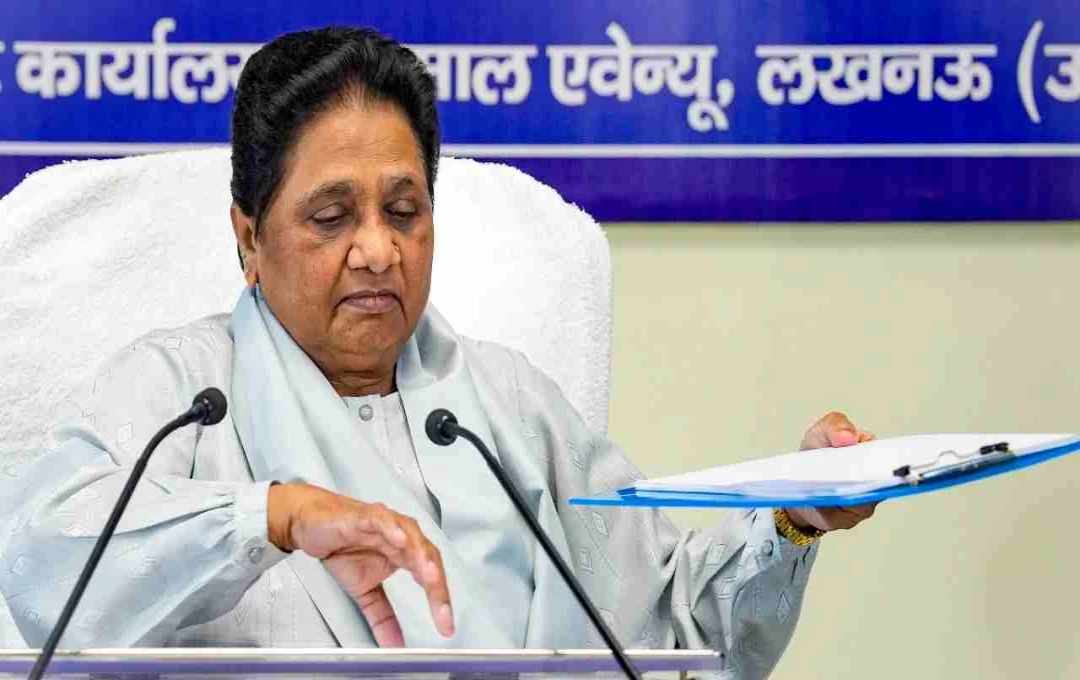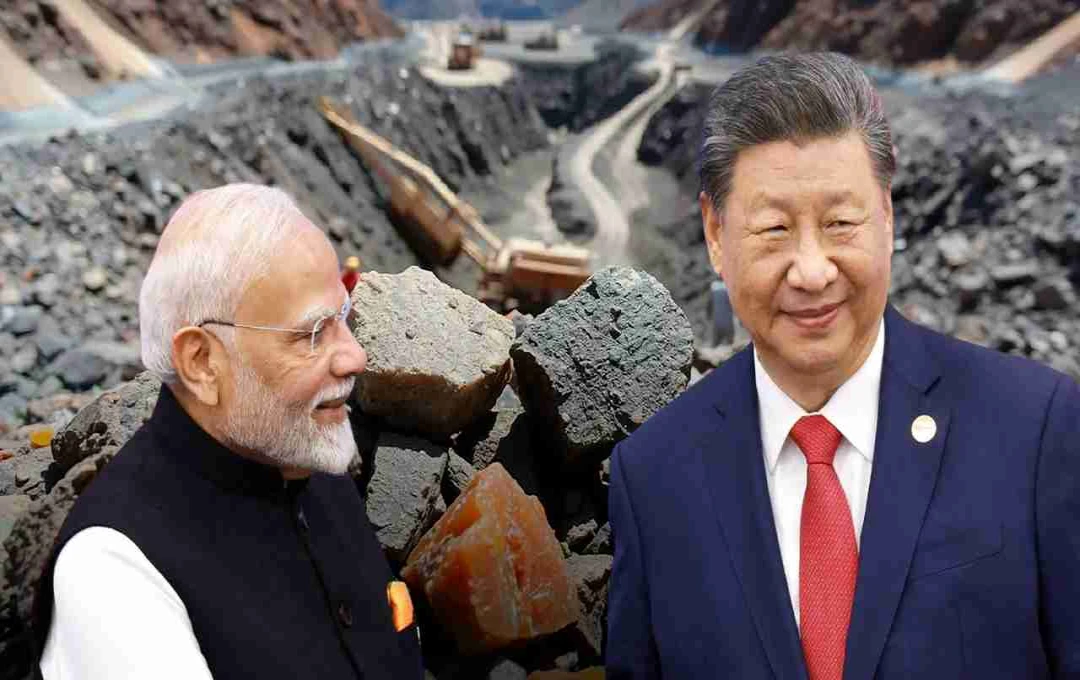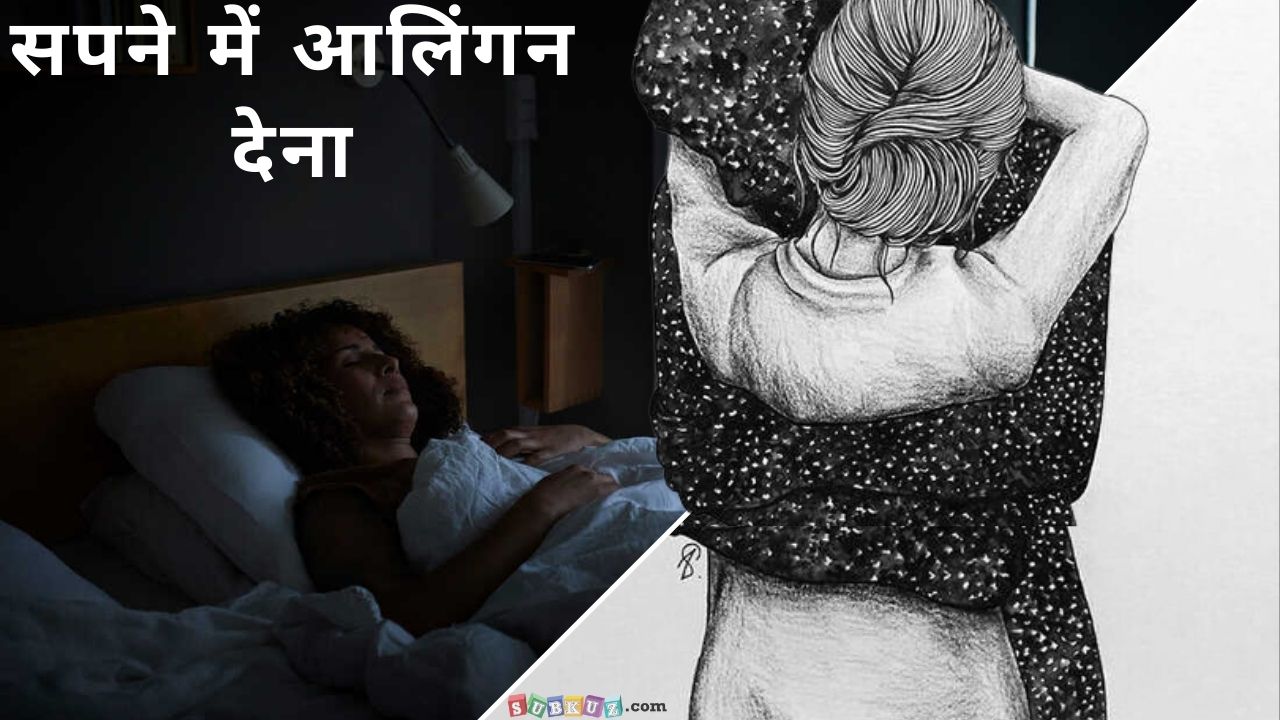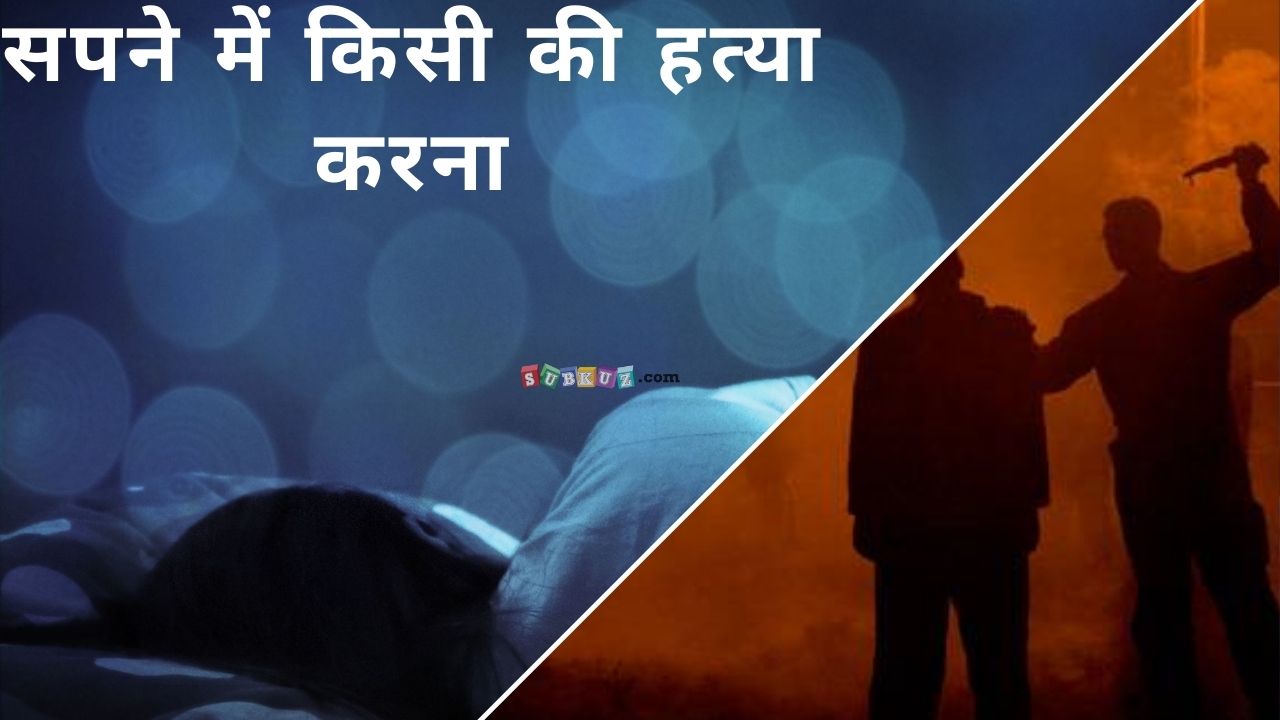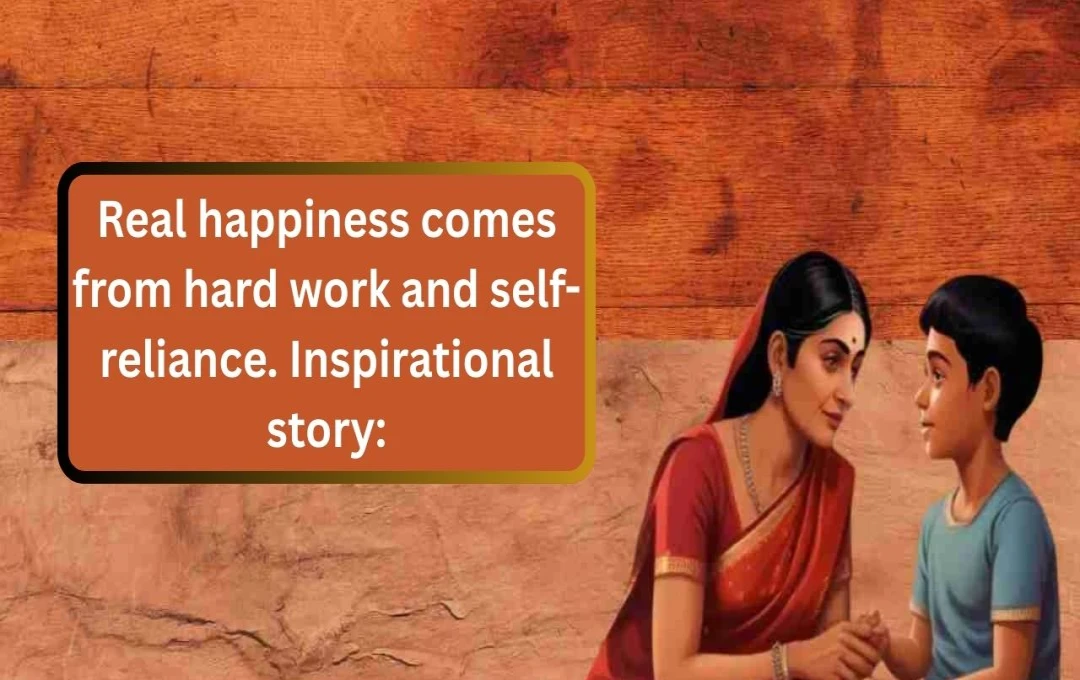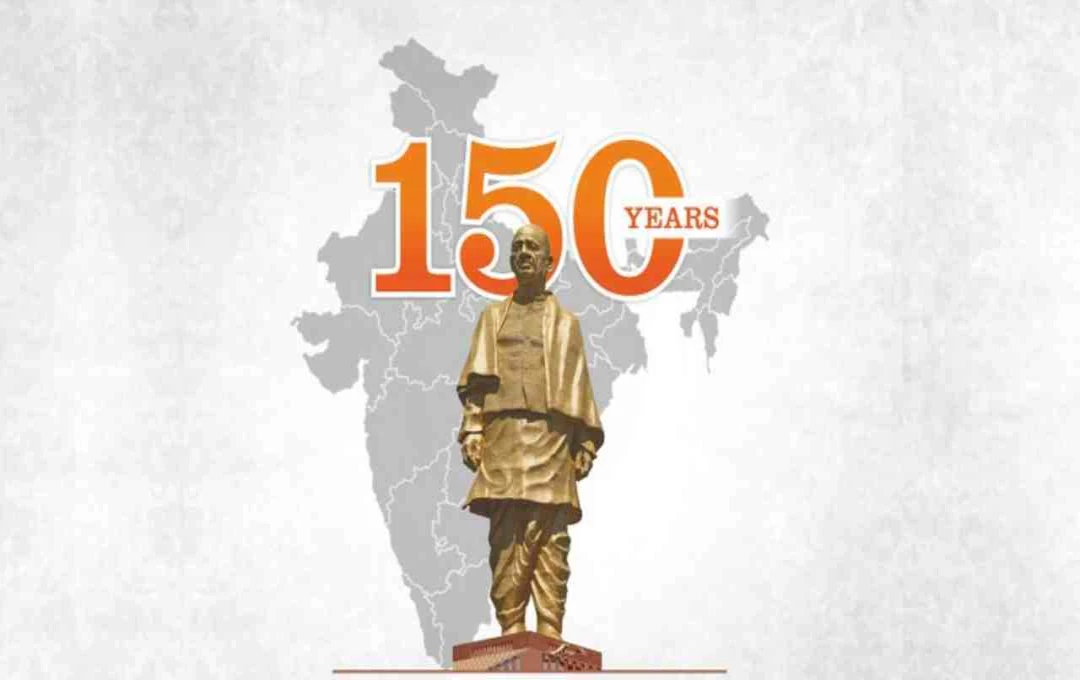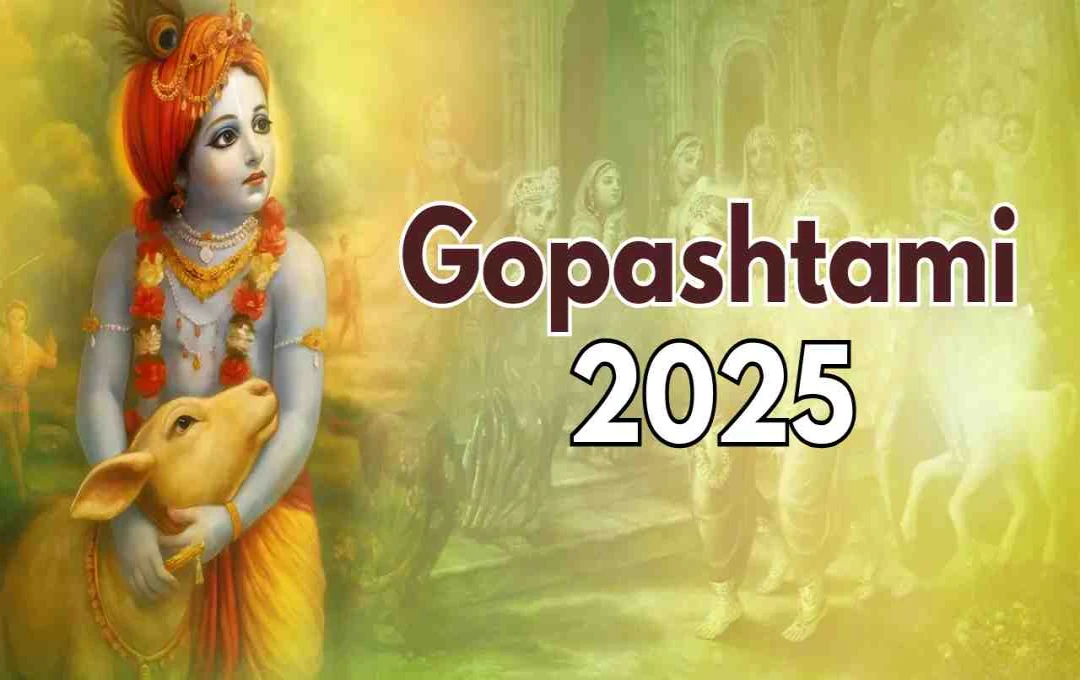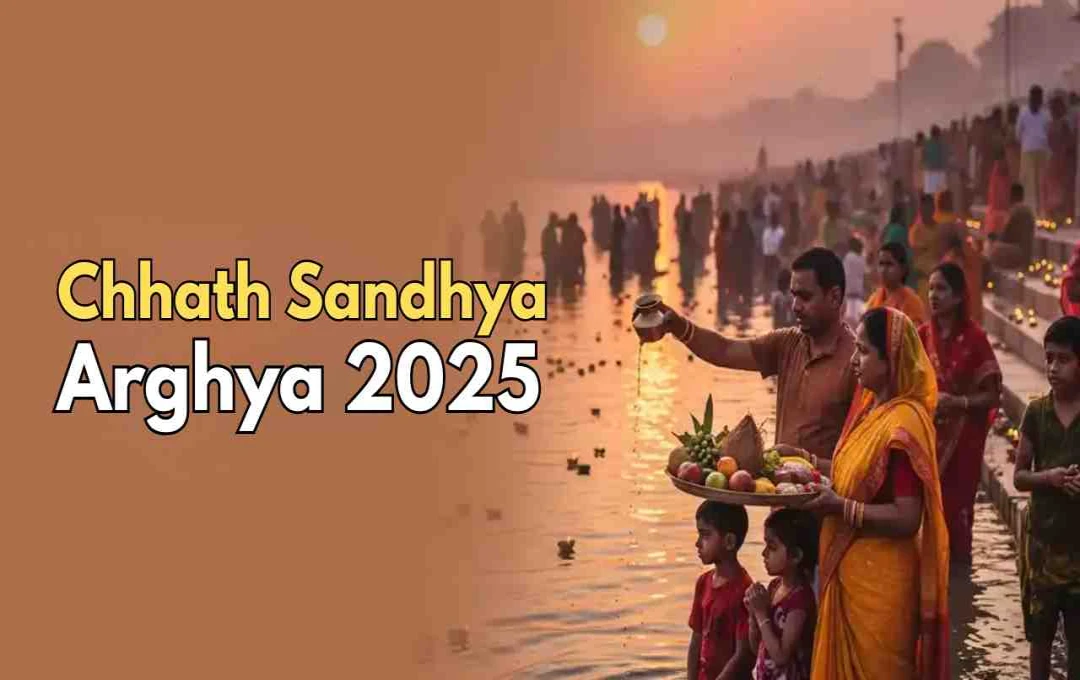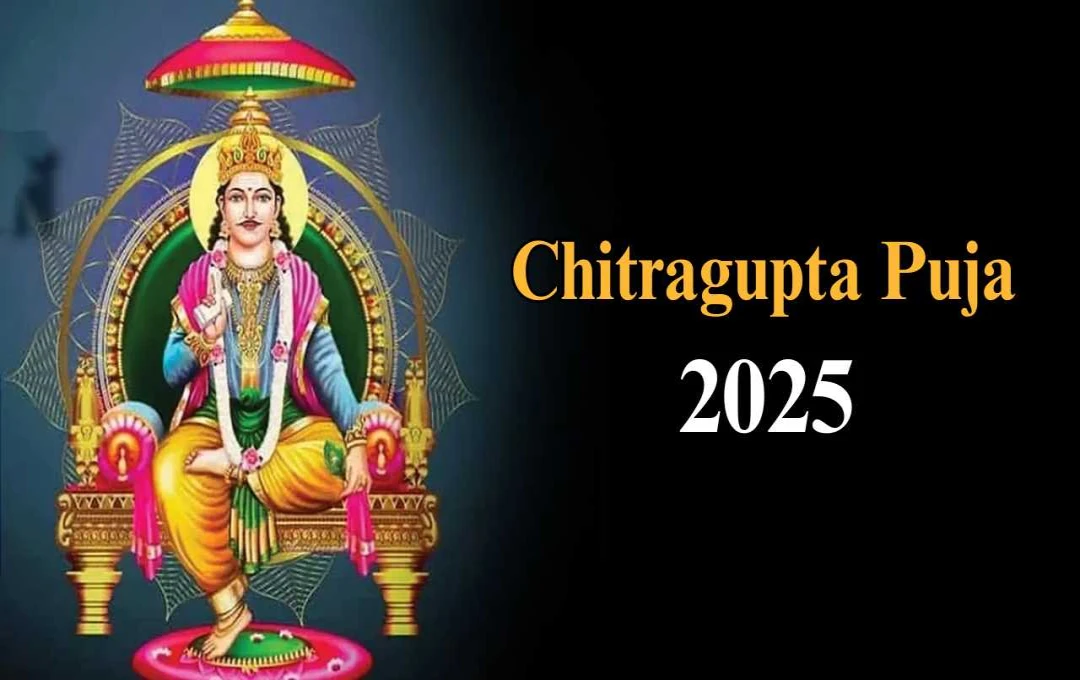Tributes were paid across the nation on the birth anniversary of the Iron Man, Sardar Vallabhbhai Patel. Prime Minister Narendra Modi offered his homage at the Statue of Unity, reiterating the resolve for national unity and an undivided India.
Vallabhbhai patel birth anniversary: In the history of India's freedom struggle, many great leaders guided the nation with their sacrifice, dedication, and leadership. However, only a few among them laid the foundation for India's construction and unity even after independence. One such leader was — Sardar Vallabhbhai Patel, known across India as the “Iron Man” and the “Architect of India's Unification.” He not only contributed to the freedom struggle but also accomplished the seemingly impossible task of politically unifying India after independence.
Early Life and Education
Sardar Vallabhbhai Patel was born on October 31, 1875, in Nadiad, Gujarat, into a simple farmer's family. His father, Jhaverbhai Patel, was a true patriot and a diligent farmer, while his mother, Ladbai, was a devout woman. From childhood, Vallabhbhai clearly displayed qualities of self-confidence, b resolve, and courage.
He received his early education in Karamsad and Petlad. Despite limited financial resources, he continued his studies and later decided to pursue law. In 1910, he went to England and returned as a barrister from Middle Temple, London. He was highly successful in his legal practice and earned renown as a skilled lawyer in Ahmedabad.
However, the direction of his life changed when, inspired by Mahatma Gandhi's ideals, he gave up his legal practice and plunged into the country's freedom movement.
Role in the Freedom Struggle
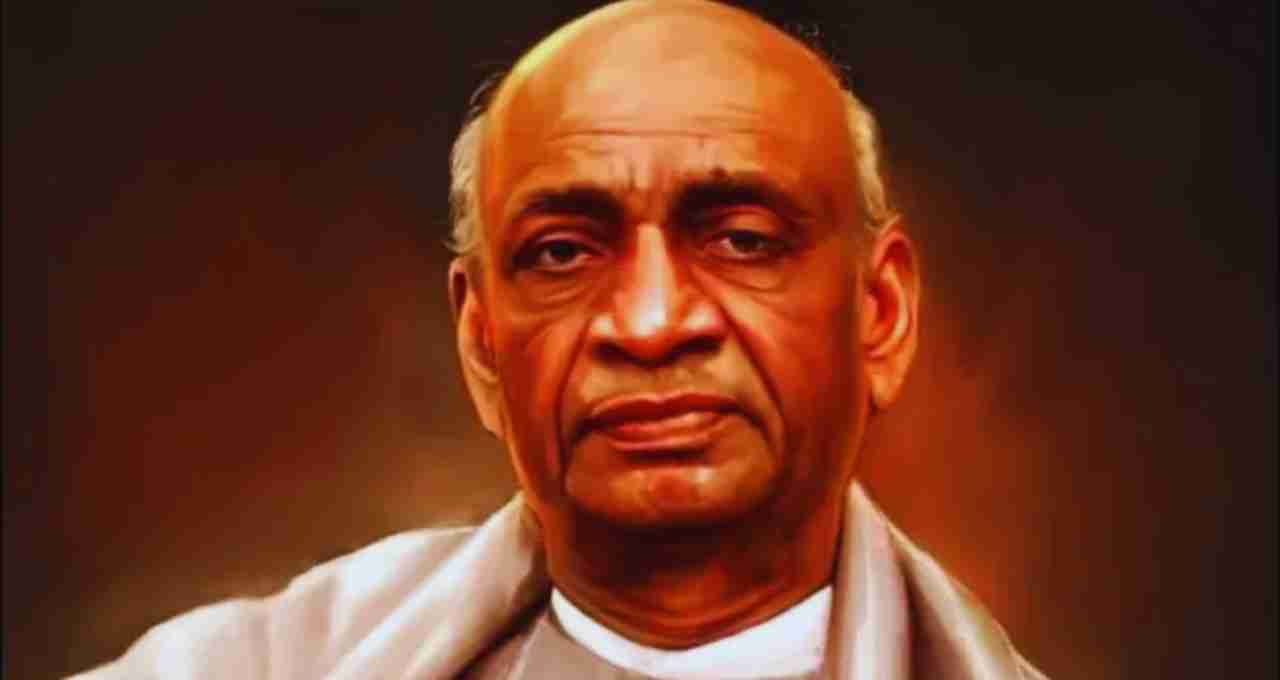
Under Gandhi's leadership, Sardar Patel spearheaded several movements for the rights of India's farmers and the general populace.
- Kheda Satyagraha (1918)
The British government imposed tax collection on the farmers of Kheda district even during a famine. Under Gandhi's guidance, Sardar Patel organized the farmers and led a peaceful Satyagraha against British injustice. Ultimately, the British government had to relent, and the taxes were waived. This movement was the first major demonstration of Patel's leadership capabilities. - Bardoli Satyagraha (1928)
This movement was a decisive moment in his life. The British had increased land tax in the Bardoli region by up to 30%. Patel organized the farmers and peacefully protested this injustice. Eventually, the British were forced to withdraw the tax hike. It was then that the women of Bardoli respectfully bestowed upon him the title “Sardar” — and since then, he has been known by this name across the country.
Political Life and Organizational Skills
Sardar Patel held an extremely important position in the Indian National Congress. He was one of the principal pillars of the Congress organization. He emphasized discipline, dedication, and unity within the Congress. Gandhi often referred to him as the “pillar of the organization.”
The core principle of his politics was — “Country first, individual later.” He was not only a resolute leader but also a highly practical and efficient administrator.
The Great Task of India's Unification
At the time of India's independence, the country was divided into approximately 565 princely states. The rulers of these states were given the freedom to accede to either India or Pakistan, or to remain independent. This situation could have posed a grave crisis for India — because if the princely states had remained independent, the country would have fragmented into countless pieces.
During such a challenging time, Sardar Patel played a historic role as the Home Minister. Leveraging his political acumen, b will, and diplomacy, he successfully merged almost all princely states into the Indian Union.
Serious crises arose regarding the merger of states like Hyderabad, Junagadh, and Kashmir, but Patel resolved these issues without war, purely through firm leadership and diplomatic policies. Historians refer to this monumental achievement as the “bloodless integration of India.”
Sardar Patel and Gandhi's Relationship
Patel was one of Gandhi's most trusted associates. Although his views sometimes differed from Gandhi's due to his practical approach, both held deep respect for each other. Gandhi often referred to him as his “right-hand man.”
After Gandhi's assassination, Patel was deeply distressed. He had said —
“Without Bapu, I am a body without a soul.”
Personality and Ideology
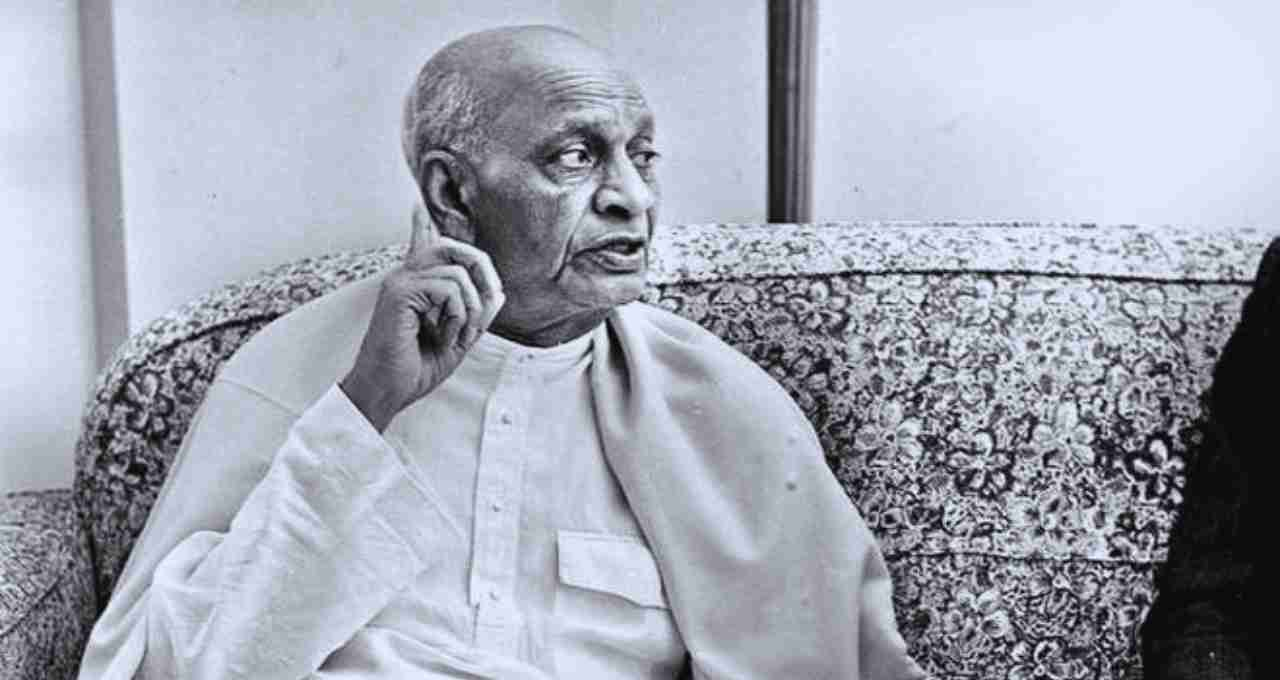
Sardar Patel's personality was a remarkable blend of firmness and tenderness. He was a decisive, disciplined, and hardworking individual. He always emphasized running the administration with honesty and efficiency.
He believed that the strength of the nation lay in its unity. He had stated —
“Our country cannot be b until we abandon the discriminations of caste, language, religion, and province, and think of ourselves as one Indian.”
Foundation of Indian Administration
After independence, Patel was appointed as the country's first Home Minister and Deputy Prime Minister. He not only integrated the states but also laid the foundation for the Indian Administrative Service (IAS) and the Indian Police Service (IPS).
He had said that the country needed such a “steel frame” that would sustain the administration under any circumstances. Even today, the Indian administrative structure is known as his “steel frame.”
Awards, Honors, and Legacy
For his extraordinary contributions, Sardar Patel was posthumously awarded the Bharat Ratna in 1991. In his memory, the “Statue of Unity” was constructed in Kevadia, Gujarat, in 2018 — which is the world's tallest statue (182 meters high). This statue not only symbolizes his greatness but also conveys the message of India's unity and integrity.
Sardar Vallabhbhai Patel was a great figure in Indian history who not only participated in the freedom struggle but also realized the country's integrity. His firm leadership, unwavering will, and foresight united fragmented princely states into one India. He was truly the “Iron Man,” whose policies continue to be the foundation of India's unity and administrative structure. His life remains an immortal source of inspiration for every Indian.
